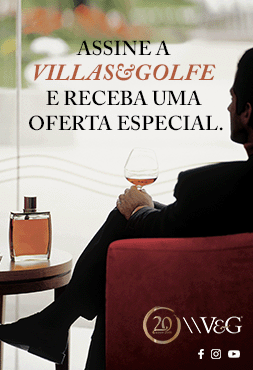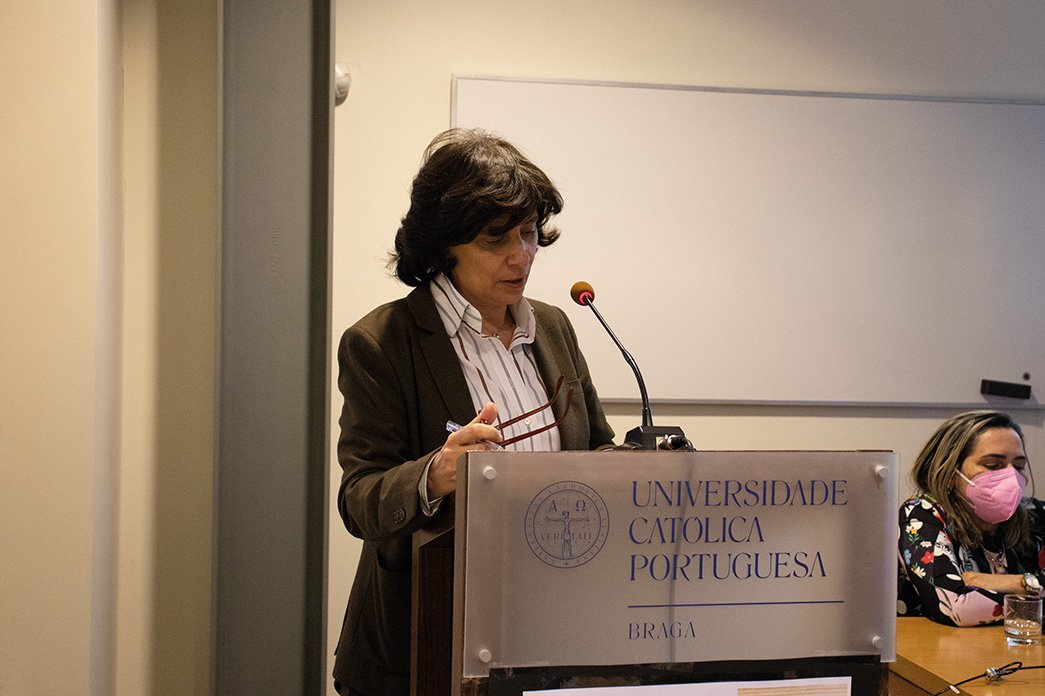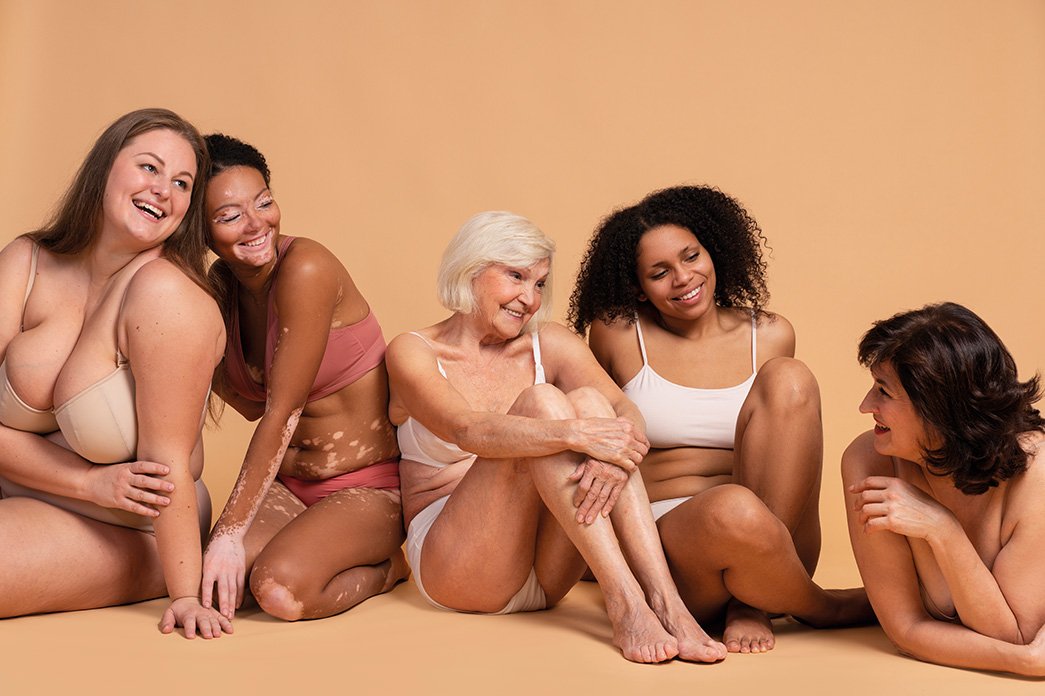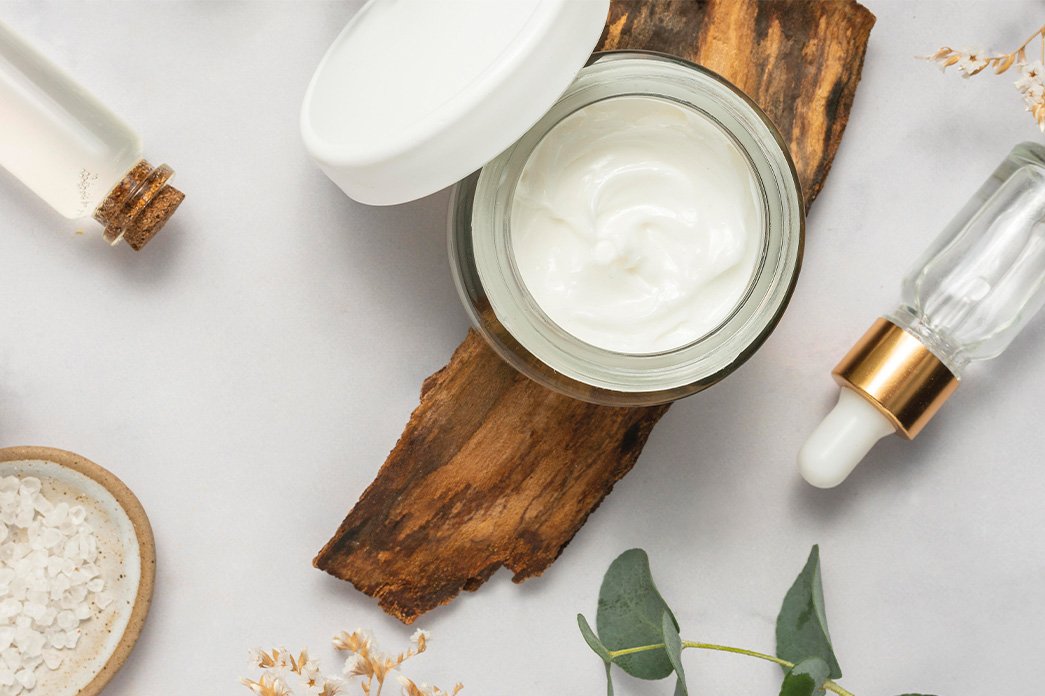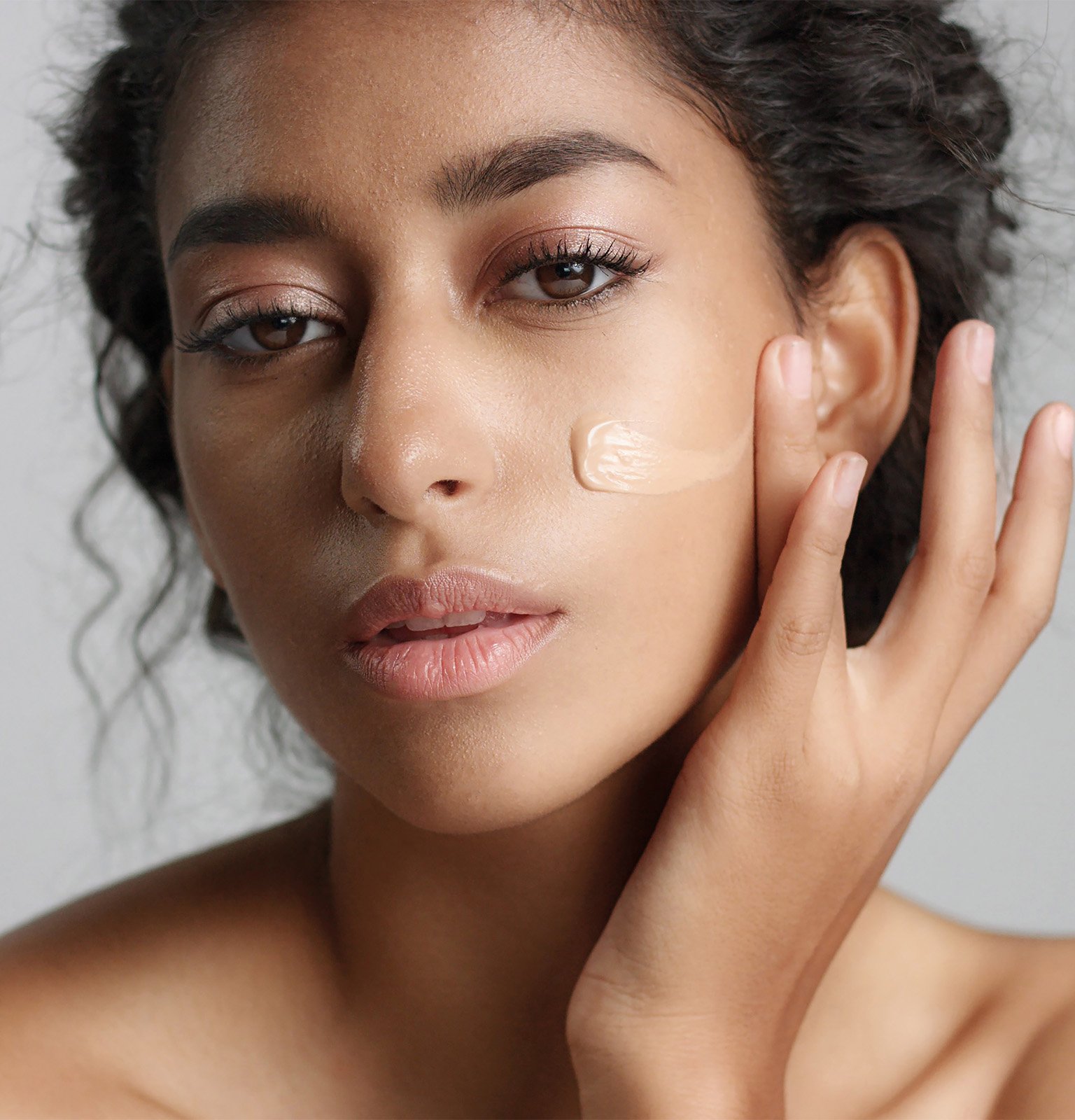
In the recent past, Avon wrote in one of its cellulite cream ads: «All bodies are beautiful», adding that «(...) dimples are nice on your face, not on your thighs». This advertising content received stark criticism, from prominent public figures even. A small slip-up was enough for the brand, until then trusted by consumers, to fall into stereotypical expressions and lose some credibility. The reality is that female consumers are bombarded on a daily basis by the belief that ageing and weight gain must be fought at full throttle. A process that should be considered biological and natural ends up becoming a painful passage, which many find difficult to accept. Conventional beauty standards point to eternal youth, which hides wrinkles and marks that indicate the passage of time or the physiognomic changes of the body. But aren’t these the most twisted stereotypes of all? Sometimes advertising begs to differ, using these arguments as a way of making a profit.
Conventional standards of beauty point to eternal youth
Conventional standards of beauty point to eternal youth





